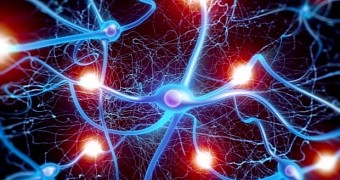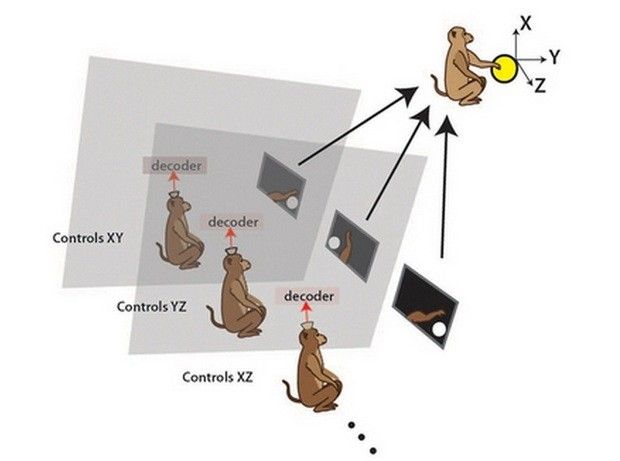It just so happens that mind melding is no longer confined to the realm of science fiction. Au contraire, it's been made real by a team of scientists at Duke University in North Carolina, US.
The researchers' work, detailed in yesterday's issue of the journal Scientific Reports, boiled down to connecting the brains of rats and monkeys so that the animals could exchange sensory and motor information.
Basically, what study leader Miguel Nicolelis and his team did was create brain-to-brain networks, i.e. brainets, allowing the rats and the monkeys that they experimented on to work together to complete simple tasks.
The brain-to-brain networks made it possible for the animals to collaborate to perform the tasks chosen for them by the scientists by harnessing and combining the electrical outputs fired by their neurons, EurekAlert tells us.
Just think of it as using science to prove that, when connected to each other with the help of electrodes, two heads - or maybe more if you're aiming high - are literally better than one. Pretty cool, right?
How the experiments played out
In one series of experiments, the research team implanted electrode arrays designed to both record neuronal outputs and deliver electrical stimulation into the brains of several laboratory rats. The rats' minds were then connected to create a brainet.
Being able to communicate and exchange information in real time, some of the rodents tapped into the brain power of other more experienced ones and had an easier time solving movement or touch-based problems. They no longer had to rely on just mimicking as their brains were instructed what to do.
Further, the mind-melded animals learned to synchronize the activity of their neurons and use their combined brain power to carry out tasks involving pattern recognition, storage and retrieval of sensory information and even predicting the chances of rain based on shifts in air temperature and air pressure.
“Different brainet architectures solved a number of useful computational problems, such as discrete classification, image processing, storage and retrieval of tactile information, and even weather forecasting,” the team sum up their work.
When electrodes were implanted into the brains of rhesus macaques linking their minds, the animals learned to coordinate the activity of their neurons to move a virtual arm in 3D. Since each monkey only controlled two dimensions, the only way for them to get the job done was to work together.
“Overall, performance of the brainet improved owing to collective monkey behavior. These results suggest that primate brains can be integrated into a brainet, which self-adapts to achieve a common motor goal,” the researchers explain.
Potential uses for such brainets
Study leader Miguel Nicolesis and fellow researchers imagine using such brain-to-brain networks to address paralysis. Thus, they are now working towards figuring out a way to establish such connections between paralyzed patients and healthy volunteers.
The scientists think that, if linked at brain level, volunteers could perhaps help paralyzed individuals have an easier time learning how to control artificial limbs, maybe even make it possible for them to move again. This could be achieved by means of virtual reality-based rehabilitation exercises.

 14 DAY TRIAL //
14 DAY TRIAL // 

